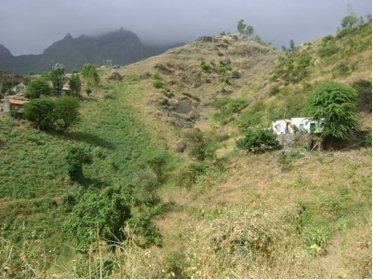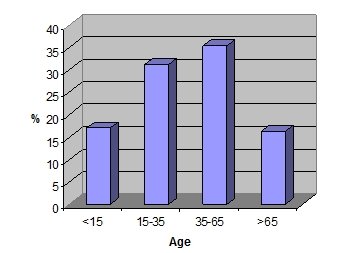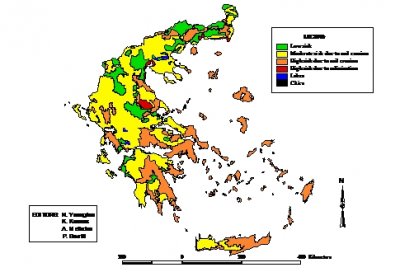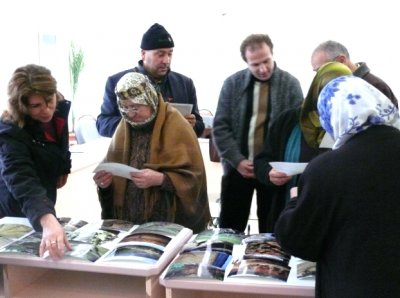| Compilation & synthesis of study site descriptions |
 |
General information
A data availability questionnaire was filled in by all study sites and shows that a wealth of relevant data is available, though in widely varying formats and scales.
Bio-physical description
The strength of many of these practices is that they are well established, traditional systems that have proved to work under the prevailing conditions. However, these are under increasing pressure by population growth, market pressures, urbanisation, and agricultural intensification / overgrazing (though sometimes land abandonment and agricultural extensification are causing degradation as well). The major degradation problems listed are erosion by water and wind, salinization, biological degradation and wildfires. Conservation measures are applied in many of the sites and range from rather heavy investment structural measures (e.g. terracing) to low-cost simple practices, such as contour ploughing or area closure or fencing.
Socio-economic description
More dependency on off-farm income also leads to lower investments in agriculture and sustainable land management. Land fragmentation is also a problem in several sites.
Institutional and political setting
Inadequate extension services and low presence of govt. institutions are mentioned for several sites, but sometimes these gaps are filled by NGOs.
Relevant end-users / stakeholder groups (at all levels)
Past and on-going projects
|
||||||||||||||||
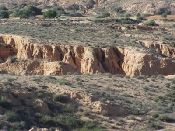
Acknowledgement
The DESIRE project was
|
DESIRE brought together the expertise of
26 international research institutes
and non-governmental organisations.
This website does not necessarily
represent the opinion of the
European Commission. The European
Commission is not responsible for
any use that might be made of the
information contained herein. 


